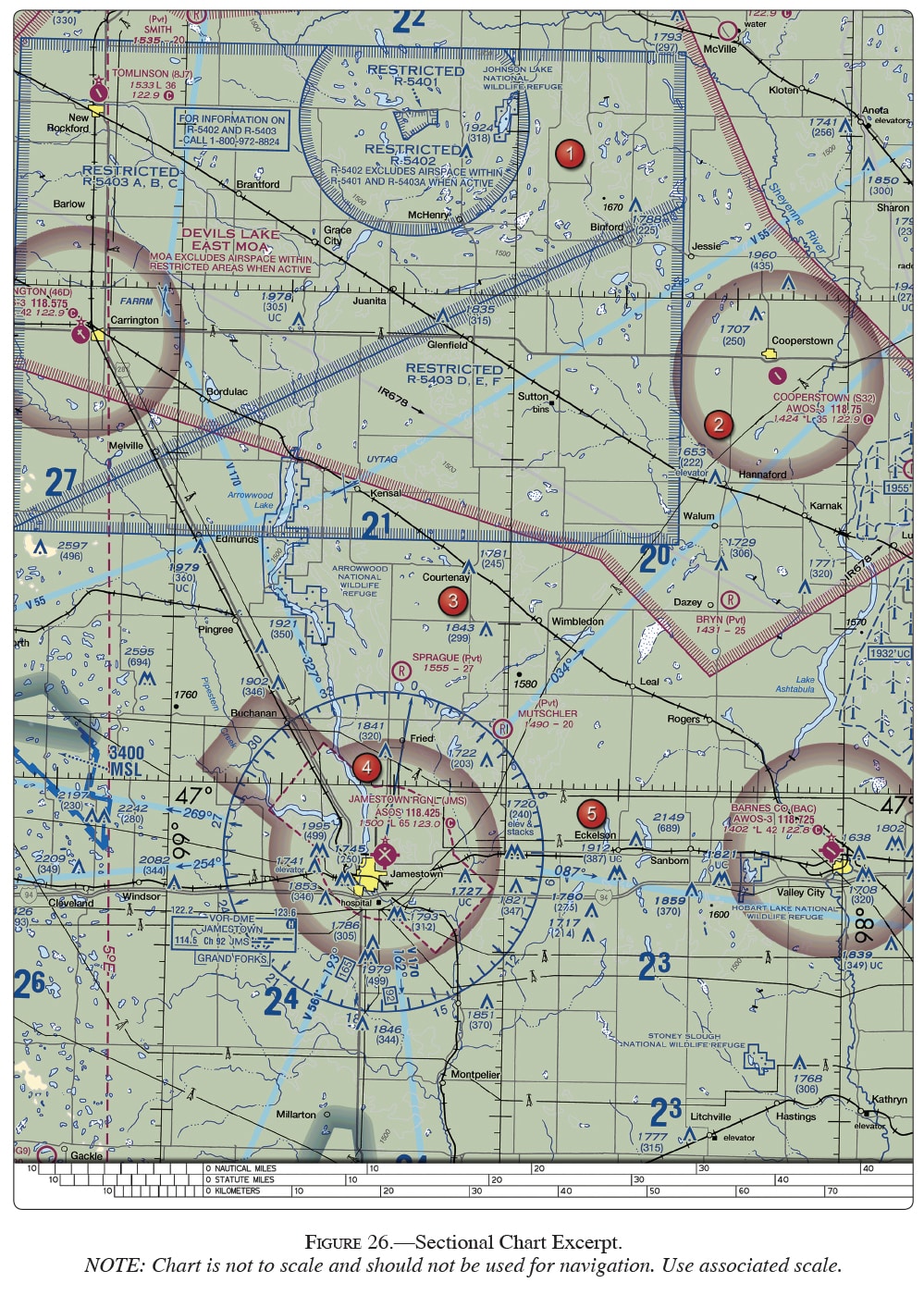The basic VFR minimum visibility at night for Class G, E, D, and C airspace below 10,000 feet MSL is 3 statute miles. An exception to that minimum is when below 1,200 feet above the surface and the visibility is at least 1 but less than 3 statute miles
